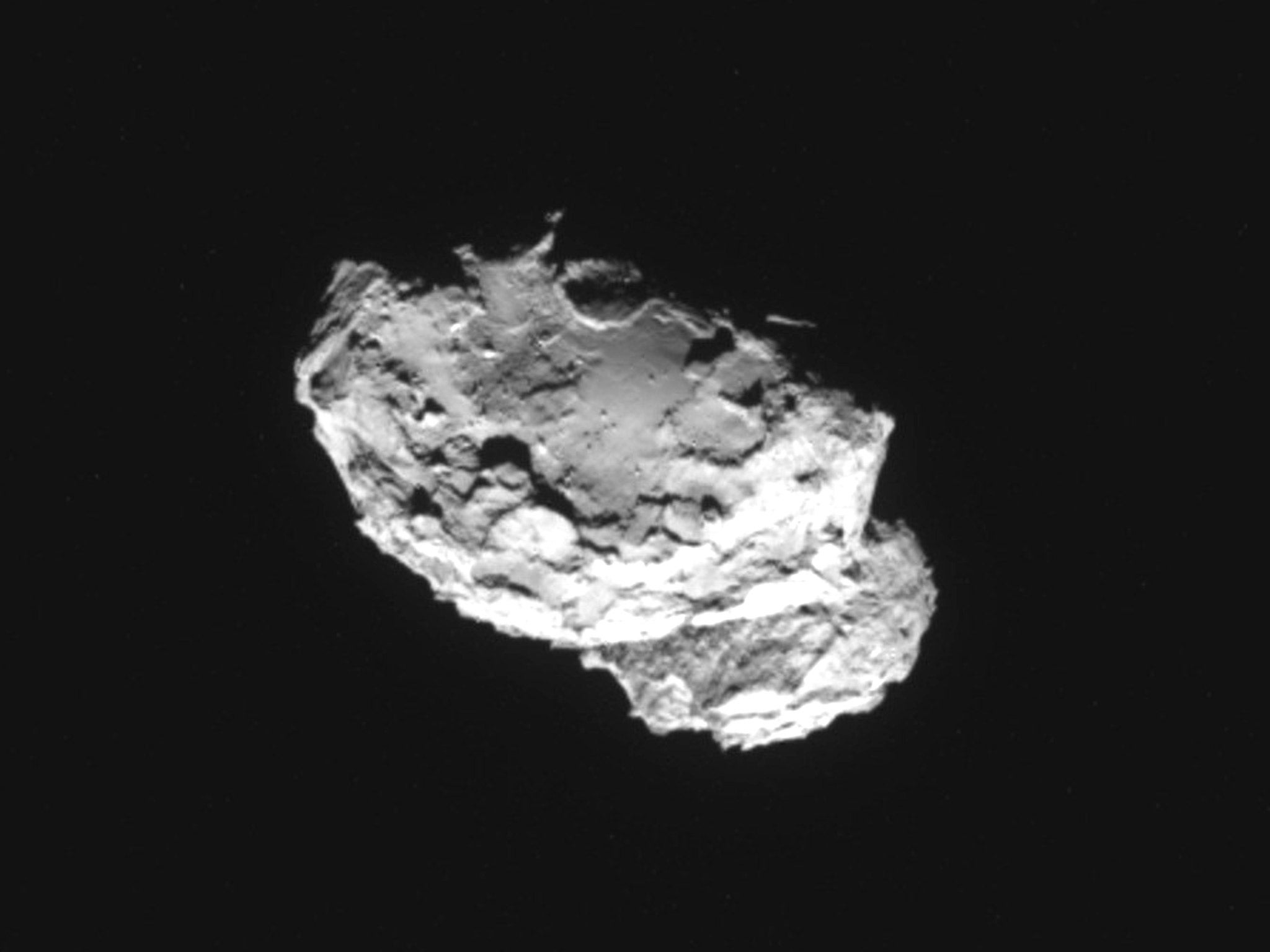The Rosetta comet is singing: as the orbiter approaches, the ESA uploads audio of the comet's warbling magnetic 'song'
The 'song' - thought to be caused by oscillations in the comet's electrically charged pseudo-atmosphere - is well below the threshold of human hearing

As the Rosetta orbiter nears the comet Churyumov-Gerasimenko 67P and prepares to fire the Philae lander at its surface, scientists from the European Space Agency (ESA) have been puzzled by an unexpected phenomenon: the comet is ‘singing’.
Instruments designed to analyse the plasma environment surrounding 67P have recorded a low, bubbling song (listen below) though to be created by a stream of electrically charged particles released as the comet hurtles through space at 34,175mph.
“This is exciting because it is completely new to us,” said Karl-Heinz Glaßmeier, principal investigator with Rosetta’s Plasma Consortium (RPC) in a press statement. “We did not expect this and we are still working to understand the physics of what is happening.”
Glaßmeier and his team have uploaded the comet’s song online, increasing the pitch 1,000 times as the original audio was well below the threshold of human hearing, playing out among the stars at between 40 and 50 millihertz (humans can hear sounds starting at around 20 hertz up to 20 kilohertz).
The instrument that has picked up the warbling audio is Rosetta’s magnetometer, designed to detect the strength of magnetic fields. Like all comets, 67P has magnetic pseudo-atmosphere known as a ‘coma’ - activated as the 4km long chunk of ice draws closer to the Sun and solar winds whip up electrically charge particles of gas and dust.
Although the exact mechanism behind this audio is unknown, ESA scientists say it might prove useful all the same, helping to guide the descent of the Philae lander as it undertakes its delicate and historic mission to the comet’s surface tomorrow afternoon. Who knows, in the circumstances it might even prove to be a song of welcome.
Join our commenting forum
Join thought-provoking conversations, follow other Independent readers and see their replies
Comments